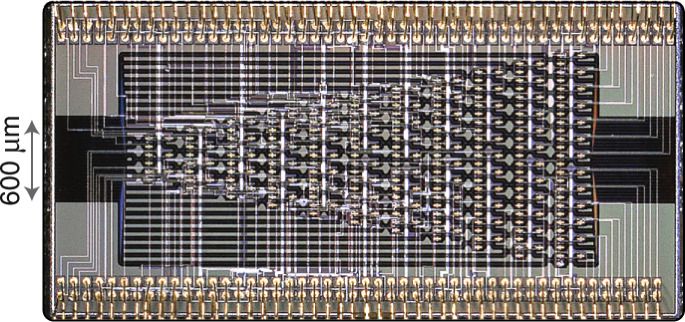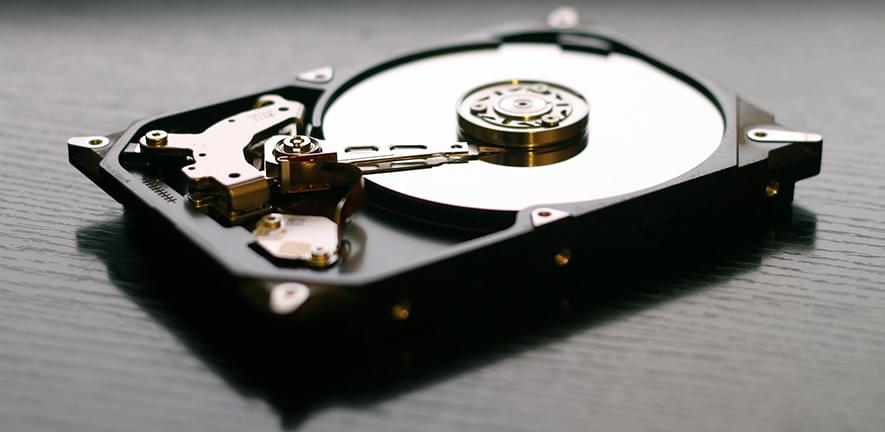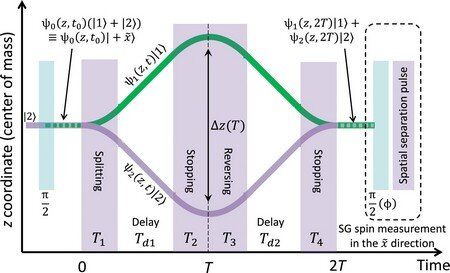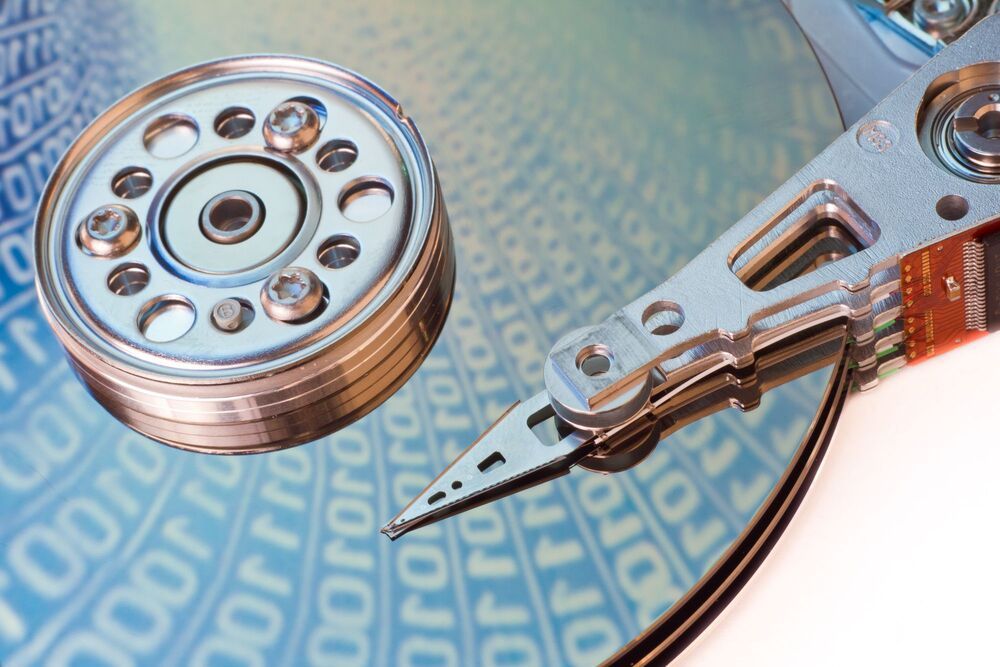D-Wave’s newest offering, available in mid-2020, offers two and a half times more connectivity between qubits than the 2000Q quantum computer.



Just as microelectronics transformed the modern world through the creation of the integrated circuit, which is now at the heart of most electronic devices, quantum photonics needs an equivalent platform to fulfil its application potential. In this special focus issue of Nature Photonics, we report on the progress in making this a reality with the developments in integrated quantum photonics (IQP).
In a Review Article, Jianwei Wang and colleagues provide a general overview and introduction to IQP circuits and summarize the present development of quantum hardware based on IQP chips. They remark that the challenge for measurement-based quantum computation may shift from the need for deterministic gates to constructing a generic entangled cluster-state, on which any quantum computation could be mapped by a sequence of measurements.
IQP circuits are also a desirable platform for chip-based quantum communications. However, fully integrated chip-based quantum communication has not yet been realized, largely because of the integration difficulties between silicon wafers that feature optical waveguides and other passive components and light sources and photodetectors that are made from different semiconductors. Key components such as transmitters and receivers for quantum key distribution and quantum random number generators are instead individually fabricated.

Using an ultrafast transmission electron microscope, researchers from the Technion—Israel Institute of Technology have, for the first time, recorded the propagation of combined sound and light waves in atomically thin materials.
The experiments were performed in the Robert and Ruth Magid Electron Beam Quantum Dynamics Laboratory headed by Professor Ido Kaminer, of the Andrew and Erna Viterbi Faculty of Electrical & Computer Engineering and the Solid State Institute.
Single-layer materials, alternatively known as 2D materials, are in themselves novel materials, solids consisting of a single layer of atoms. Graphene, the first 2D material discovered, was isolated for the first time in 2004, an achievement that garnered the 2010 Nobel Prize. Now, for the first time, Technion scientists show how pulses of light move inside these materials. Their findings, “Spatiotemporal Imaging of 2D Polariton Wavepacket Dynamics Using Free Electrons,” were published in Science.

Google has helped create the most detailed map yet of the connections within the human brain. It reveals a staggering amount of detail, including patterns of connections between neurons, as well as what may be a new kind of neuron.
The brain map, which is freely available online, includes 50000 cells, all rendered in three dimensions. They are joined together by hundreds of millions of spidery tendrils, forming 130 million connections called synapses. The data set measures 1.4 petabytes, roughly 700 times the storage capacity of an average modern computer.
The data set is so large that the researchers haven’t studied it in detail, says Viren Jain at Google Research in Mountain View, California. He compares it to the human genome, which is still being explored 20 years after the first drafts were published.

Amazon Web Services (AMZN.O) said it will open data centers in Israel, with the announcement coming weeks after Israel signed a deal with AWS and Google for a more than $1 billion project to provide cloud services for its public sector and military.
In April, AWS and Google (GOOGL.O) won a tender for the four phase project known as “Nimbus”. read more
“Today, Amazon Web Services Inc, an Amazon.com company, announced it will open an infrastructure region in Israel in the first half of 2023”, AWS said in a statement on Friday.


Graphene can be used for ultra-high density hard disk drives (HDD), with up to a tenfold jump compared to current technologies, researchers at the Cambridge Graphene Center have shown.
The study, published in Nature Communications, was carried out in collaboration with teams at the University of Exeter, India, Switzerland, Singapore, and the US.
HDDs first appeared in the 1950s, but their use as storage devices in personal computers only took off from the mid-1980s. They have become ever smaller in size, and denser in terms of the number of stored bytes. While solid state drives are popular for mobile devices, HDDs continue to be used to store files in desktop computers, largely due to their favorable cost to produce and purchase.

Physicists in Israel have created a quantum interferometer on an atom chip. This device can be used to explore the fundamentals of quantum theory by studying the interference pattern between two beams of atoms. University of Groningen physicist, Anupam Mazumdar, describes how the device could be adapted to use mesoscopic particles instead of atoms. This modification would allow for expanded applications. A description of the device, and theoretical considerations concerning its application by Mazumdar, were published on 28 May in the journal Science Advances.
The device, created by scientists from the Ben-Gurion University of the Negev, is a so-called Stern Gerlach interferometer, which was first proposed 100 years ago by German physicists Otto Stern and Walter Gerlach. Their original aim of creating an interferometer with freely propagating atoms exposed to gradients from macroscopic magnets has not been practically realized until now. “Such experiments have been done using photons, but never with atoms,” explains Anupam Mazumdar, Professor of Theoretical Physics at the University of Groningen and one of the co-authors of the article in Science Advances.
The Israeli scientists, led by Professor Ron Folman, created an interferometer on an atom chip, which can confine and/or manipulate atoms. A beam of rubidium atoms is levitated over the chip using magnets. Magnetic gradients are used to split the beam according to the spin values of the individual atoms. Spin is a magnetic moment that can have two values, either up or down. The spin-up and spin-down atoms are separated by a magnetic gradient. Subsequently, the two divergent beams are brought together again and recombined. The spin values are then measured, and an interference pattern is formed. Spin is a quantum phenomenon, and throughout this interferometer, the opposing spins are entangled. This makes the interferometer sensitive to other quantum phenomena.

Researchers have found that graphene-enhanced hard drives can store data at ten times the density of existing HDDs.
By leveraging the wonder material graphene, a group at the University of Cambridge is claiming an advance in data storage that resembles more of a leap than a step forward. The new design unlocks higher operating temperatures for hard disk drives (HDDs) and with it, unprecedented data density, which the team says represents a ten-fold increase on current technologies.
In a HDD, data is written onto fast-spinning platters by a moving magnetic head. Special layers called carbon-based overcoats (COCs) protect these platters from mechanical damage and corrosion during operation, though these can only perform within a certain temperature range and also take up a lot of space.
The Cambridge researchers were able to replace the COCs used in commercial HDDs with between one and four layers of graphene, a material that is a single layer of carbon atoms with incredible strength and flexibility, among other highly-valued properties. The thinness of the graphene enabled significant space savings but also outperformed current COCs in preventing mechanical wear, reduced corrosion by 2.5 times and also offered a two-fold reduction in friction.